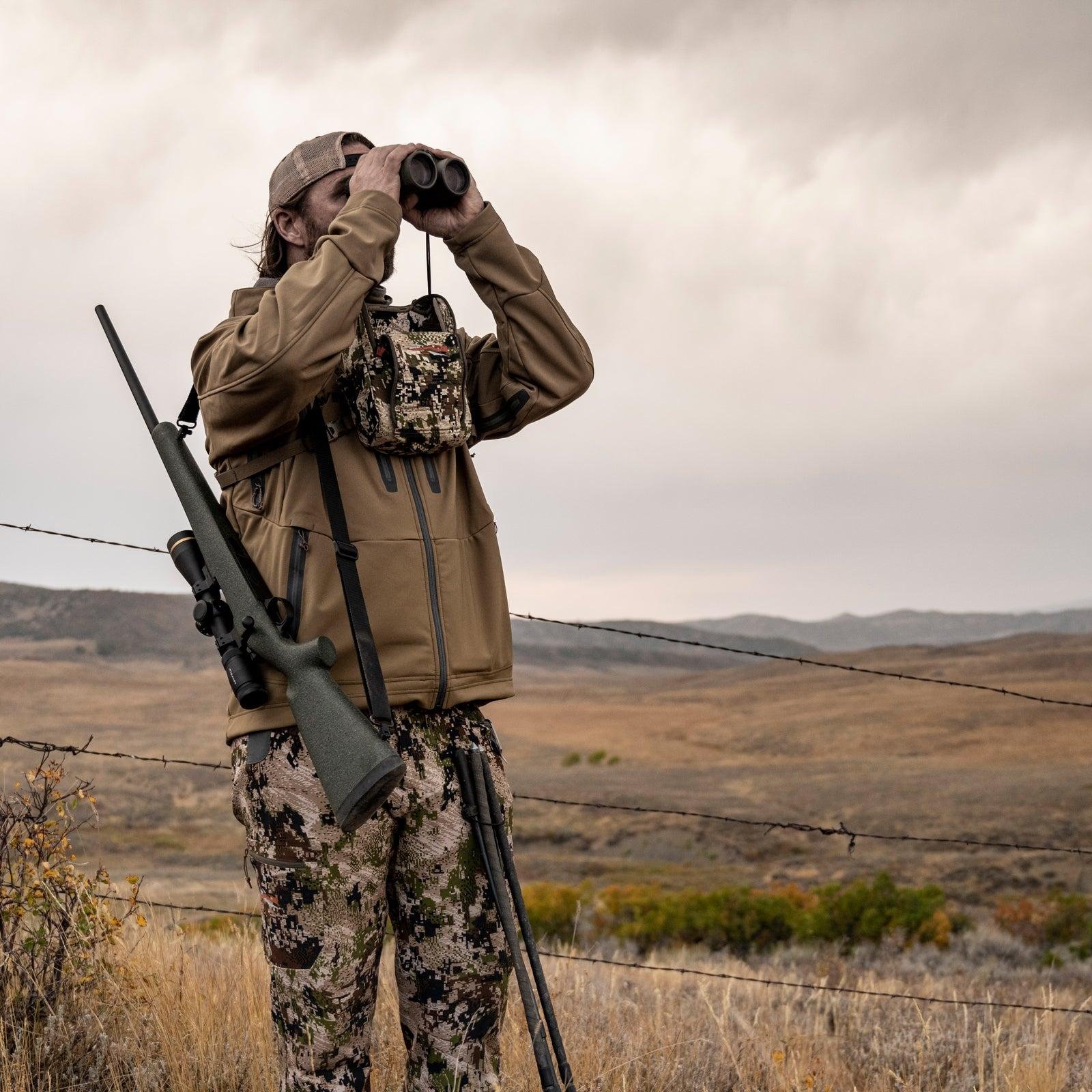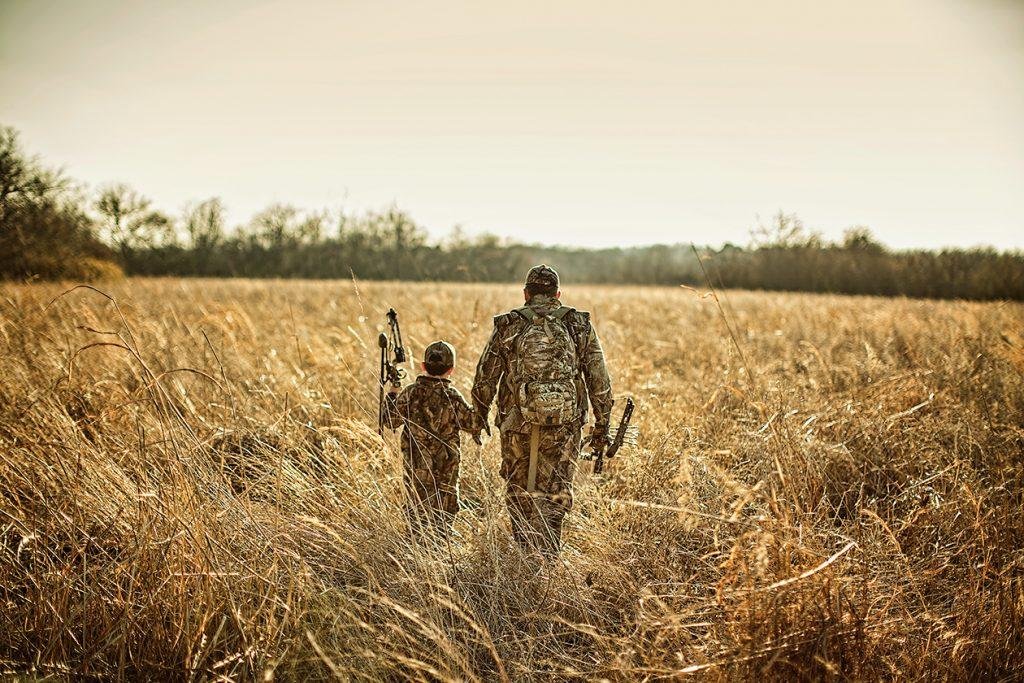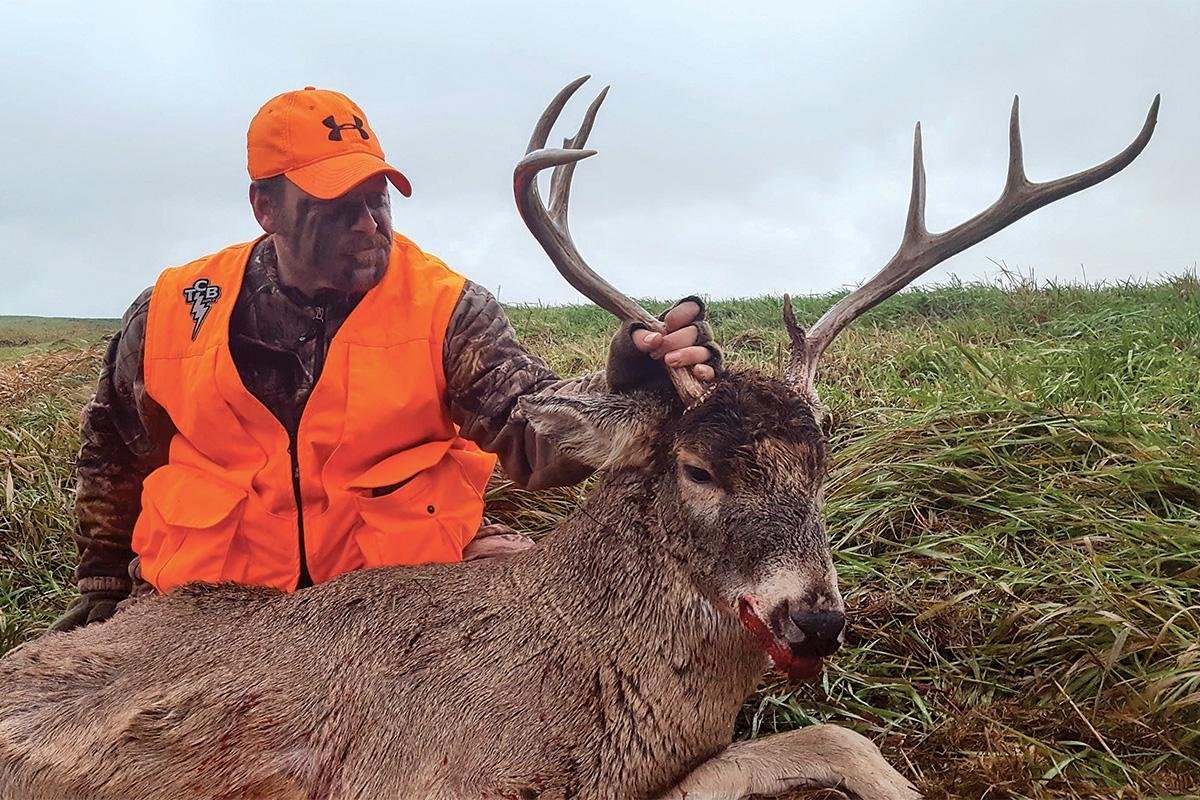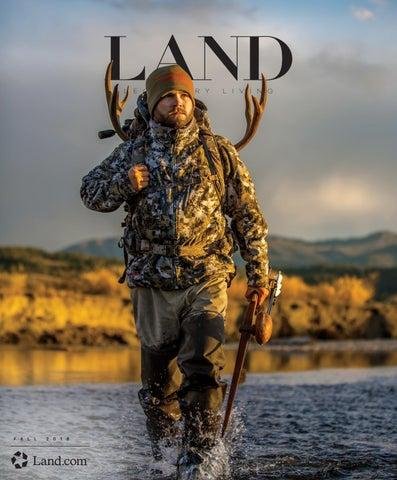As dawn breaks over the tranquil expanse of a wetland, the air comes alive with the symphony of chirping birds and the gentle rustle of grasses swaying in the breeze. Picture yourself wading through the soft, muddy earth, surrounded by the glimmering water and the tantalizing aroma of wild nature. Hunting in wetlands and marshes offers a unique and thrilling experience for every outdoor enthusiast. However, these dynamic environments pose their own set of challenges and rewards that require a thoughtful approach. Whether you’re a seasoned hunter or a novice looking to immerse yourself in this vibrant ecosystem, we’re here to share some essential tips for navigating the lush, often unpredictable world of marshland hunting. So grab your gear, put on your boots, and let’s dive into the art of hunting in these rich, enchanting landscapes!
Mastering the Marsh: Essential Gear for a Successful Wetlands Hunt
When embarking on a wetlands hunt, having the right gear can make a significant difference in your success and comfort. Essential equipment goes beyond the basics to ensure you’re well-prepared for the unique challenges that marshy terrains present. Firstly, consider investing in waterproof boots, which allow you to traverse soggy ground without soggy feet. Coupling these with waders can keep you both dry and agile as you navigate through deeper water. A versatile camouflage jacket is a must, featuring breathable material to regulate your temperature while keeping you hidden from elusive game.
In addition to clothing, your hunting tools should be tailored to the environment. A reliable shotgun specifically designed for wetland hunting can enhance your targeting precision, especially when dealing with fast-moving birds. Don’t forget a good quality blind, which offers concealment and comfort during long waits. To further enhance your experience, consider these additional essential items:
- Decoys: Effective in attracting waterfowl.
- Calls: Realistic calls to lure your target.
- Binoculars: For scouting distant areas safely.
Organizing your gear can provide you with quick access in the field. Here’s a simple breakdown of what to keep in your hunting pack:
| Item | Purpose |
|---|---|
| First Aid Kit | For addressing any minor injuries |
| Waterproof Backpack | To keep essentials dry |
| Geographical Map | Helps navigate the wetlands |

Navigating Nature: Understanding Wetland Ecosystems and Wildlife Behavior
Exploring the vast beauty of wetlands unveils a treasure trove of unique wildlife behavior, making it an exhilarating environment for hunting enthusiasts. Understanding animal patterns can significantly enhance your experience. For example, many waterfowl species are influenced by the time of day. Early mornings or late afternoons are often the most active periods. Here are some tips to align your hunting strategies with wildlife behavior:
- Scout the Area: Familiarize yourself with the topography and frequent visitation points of your target species.
- Observe Weather Patterns: Changes in weather can affect animal activity, so be prepared for shifts.
- Utilize Decoys: Create realistic setups to lure in ducks and geese; the right decoys can make a significant difference.
- Stay Concealed: Use natural cover and camouflage to blend into the landscape, reducing your chances of detection.
| Wildlife Species | Best Hunting Times |
|---|---|
| Waterfowl | Dawn & Dusk |
| Deer | Early Morning & Late Evening |
| Furbearers | Nighttime |
By paying close attention to the intricacies of your surroundings and adapting your techniques accordingly, you can embrace the thrill of hunting in wetlands and marshes. The key to a successful outing lies in the balance between preparation and patience. With each hunt, you not only have the chance to connect with nature but also gain insights into the fascinating dynamics of wetland ecosystems.

Staying Dry and Comfortable: Clothing Tips for Wetland Adventures
Embarking on a wetland adventure requires the right attire to keep you dry and comfortable. Choosing clothing made from water-resistant materials is essential, as it helps shield you from unexpected rain showers and splashes. Look for breathable fabrics that wick away moisture to keep your skin dry, allowing for optimal comfort during long hours in the marsh. A few key essentials to consider include:
- Waterproof jacket: A lightweight, packable option with ventilation will keep you dry without trapping heat.
- Quick-dry pants: Opt for pants that repel water and dry quickly, ensuring you aren’t uncomfortable during sudden downpours.
- Insulated base layers: Keep warm with thermal base layers that fit snugly and trap body heat.
- Waterproof boots: Choose knee-high rubber boots to keep your feet dry while wading through muddy terrain.
Accessories also play a vital role in enhancing your wetland experience. A sturdy wide-brimmed hat protects you from both the sun and rain, while gloves keep your hands dry and provide grip during your adventures. Don’t forget a pair of polarized sunglasses to reduce glare from the water and improve visibility when spotting wildlife. Consider the table below to compare clothing features:
| Clothing Item | Key Features | Benefits |
|---|---|---|
| Waterproof Jacket | Lightweight, Ventilated | Keeps you dry & cool |
| Quick-dry Pants | Water-repellent, Fast-drying | Comfort during wet conditions |
| Insulated Base Layers | Thermal, Snug-fitting | Keeps you warm |
| Waterproof Boots | Knee-high, Slip-resistant | Protects feet and provides grip |

Expert Techniques: Calling and Decoy Strategies for Marsh Hunting Success
When it comes to marsh hunting, calling can make all the difference in luring in those elusive waterfowl. Mastering the art of calling requires practice and understanding of the different species you’re targeting. Here are some effective calling techniques to consider:
- Quacks and Tones: Use variations in pitch and rhythm to mimic natural duck sounds.
- Location Calls: Employ a loud, hearty call to signal presence and attract birds from a distance.
- Feeding Calls: Use soft, quacky sounds to imitate feeding ducks, enticing others to join in.
Decoys play a crucial role in marsh hunting success, as they create a realistic setting that attracts waterfowl. Positioning your decoys strategically can set the stage for an impressive hunt. Consider this simple layout strategy:
| Decoy Type | Placement Area | Purpose |
|---|---|---|
| Wood Ducks | Near cover | Draw in other species |
| Dabbler Decoys | Shallow water | Mimic natural feed |
| Diver Decoys | Open water | Attract specific divers |
By combining effective calling techniques with well-placed decoys, hunters can create an inviting atmosphere that calls in waterfowl, increasing their chances of a successful outing. Remember, the key is to stay adaptable and observant to the behaviors of the birds in your area.
Wrapping Up
As you lace up your boots and prepare to venture into the enchanting realm of wetlands and marshes, remember that the journey is as rewarding as the hunt itself. Embrace the serenity of the shimmering water, the symphony of croaking frogs, and the vibrant hues of nature’s palette. With these tips in your toolkit, you’ll navigate the unique challenges of this lush terrain with confidence and flair.
Soak in the experience, respect the delicate ecosystems, and cherish each moment spent in these wild, wet wonderlands. Whether you’re a seasoned hunter or a curious newcomer, there’s always something new to discover around every bend. Now, go forth, be safe, and may your adventures in the marsh create memories that will linger like the call of a distant duck at dawn. Happy hunting!

